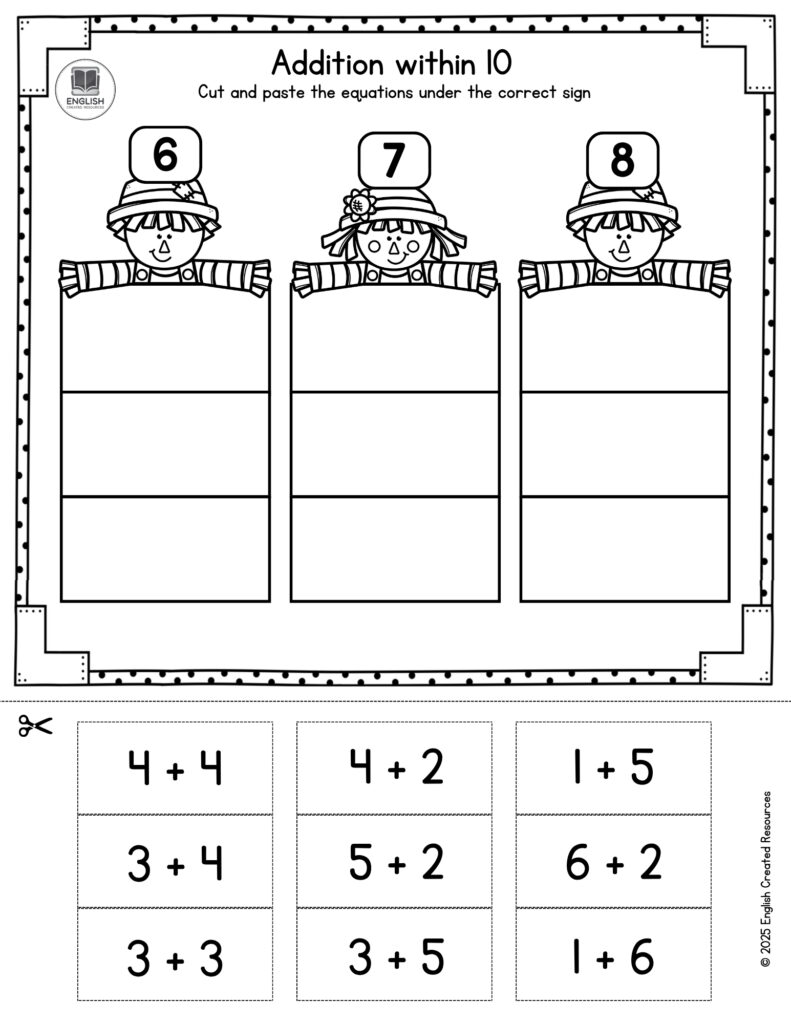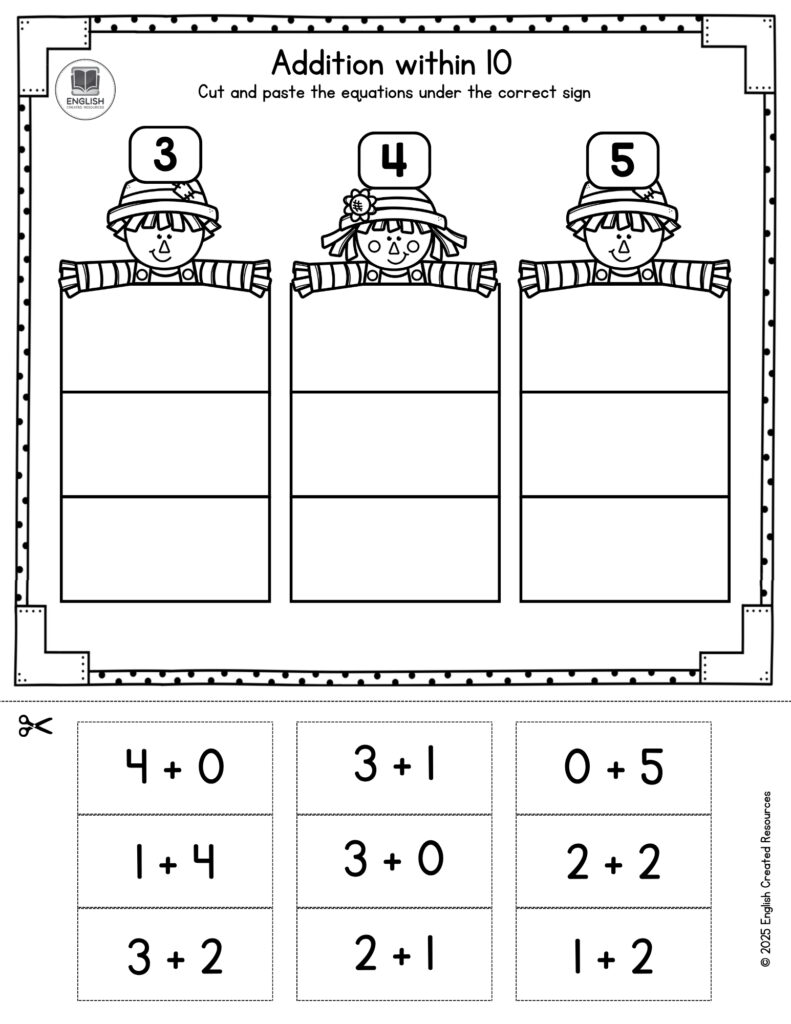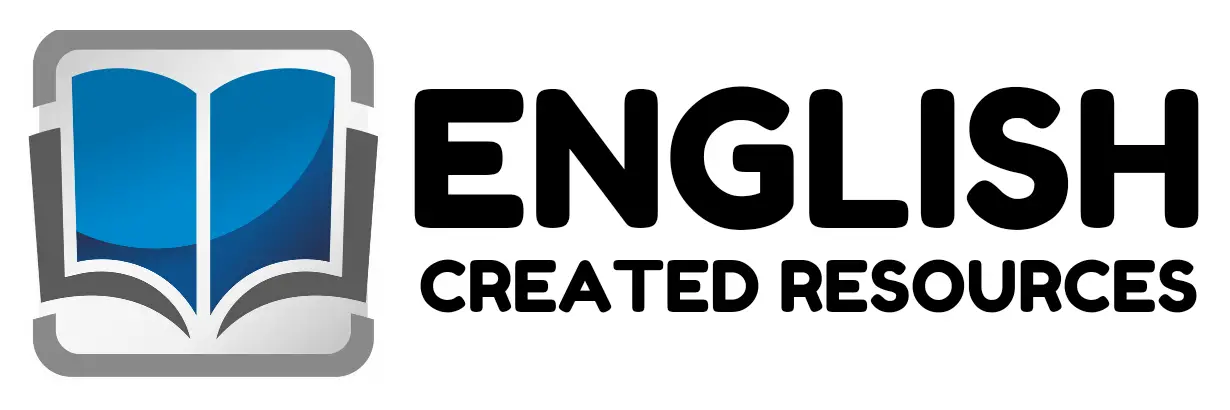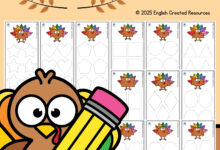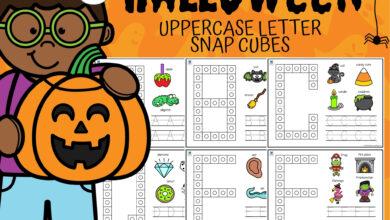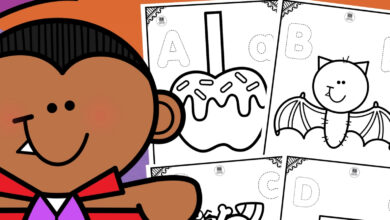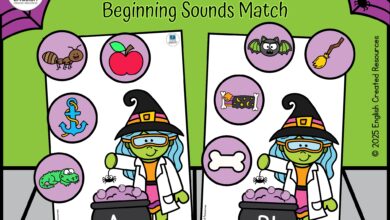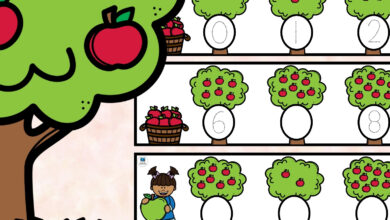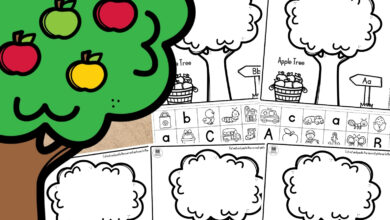Fall Addition and Subtraction
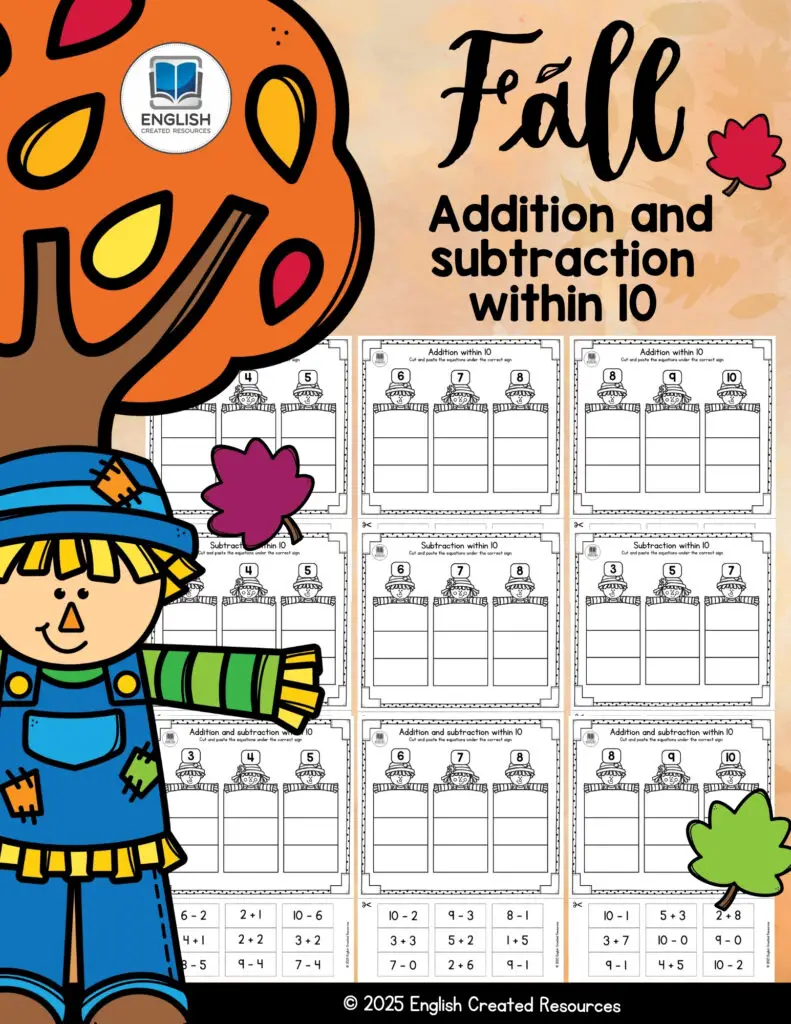
Fall Addition and Subtraction
Fall-themed addition and subtraction activities play an essential role in early childhood education. These engaging exercises combine the excitement of the autumn season with fundamental math learning, creating an enjoyable and meaningful experience for preschoolers. Through playful learning, young children begin to grasp basic mathematical concepts in a way that feels natural, creative, and developmentally appropriate. English Created Resources provides such Fall Addition and Subtraction activities for free, making them easily accessible for teachers, parents, and caregivers who want to support children’s early math development through high-quality, fun, and educational materials.
One of the main benefits of Fall Addition and Subtraction activities is that they introduce preschoolers to basic math operations in a visual and hands-on way. At this age, children are concrete learners who understand best through tangible and sensory experiences. Fall-themed visuals—like pumpkins, leaves, acorns, apples, or scarecrows—capture their attention and turn abstract concepts into concrete ideas. When a child counts falling leaves or adds together groups of apples, they are not just memorizing numbers—they are building real understanding. By connecting numbers with meaningful objects, children begin to see how addition means “putting together” and subtraction means “taking away.” This foundation is essential for later mathematical thinking and problem-solving.
Furthermore, these activities support the development of number sense, which is the ability to understand and work with numbers flexibly. Preschoolers learn that numbers represent quantities and that quantities can increase or decrease. For example, when they add one more pumpkin to a group, they see how the total changes. This hands-on discovery helps children develop a strong intuitive understanding of numbers before formal arithmetic begins. English Created Resources designs these activities with colorful visuals and simple instructions, encouraging young learners to explore numbers confidently and independently.
Fall-themed math activities also promote cognitive growth and critical thinking skills. Preschoolers must observe, compare, and analyze patterns while working with different sets of objects. As they solve problems like “How many apples are left if one rolls away?” they engage in logical reasoning and decision-making. These early problem-solving experiences teach them to think systematically and to approach challenges with patience and curiosity. Such skills extend beyond math—they become part of a child’s overall approach to learning and exploration.
Get More Fall Activities Here
In addition to cognitive benefits, Fall Addition and Subtraction activities enhance fine motor development. Many of these tasks involve cutting, pasting, tracing numbers, or manipulating counters shaped like fall objects. These small movements strengthen the muscles in children’s hands and fingers, improving coordination and control. As preschoolers color leaves, match acorns, or count paper pumpkins, they not only learn math but also prepare their hands for future writing tasks. The combination of creativity, movement, and math learning keeps children engaged and motivated.
Social-emotional development is another key benefit of Fall Addition and Subtraction activities. When children participate in group counting games or work together on seasonal math crafts, they learn to share materials, take turns, and communicate their ideas. They experience the joy of teamwork and the satisfaction of solving problems collaboratively. Positive early math experiences build confidence and help children develop a love for learning that continues throughout their school years. Fall themes add a festive and comforting atmosphere, making math time something children look forward to.
Teachers and parents also benefit from these resources because they are easy to implement and align with early learning goals. English Created Resources provides free, ready-to-use materials that can be printed or used digitally. Educators can quickly integrate them into daily lessons, learning centers, or seasonal activities without extra preparation time. The thematic approach keeps learning fresh and relevant, allowing teachers to connect math lessons with real-world experiences, such as visiting a pumpkin patch or observing falling leaves. These connections help children see that math is not confined to the classroom—it’s part of everyday life.
Moreover, Fall Addition and Subtraction activities encourage cross-curricular learning. They can be integrated with literacy, art, and science lessons to create a comprehensive fall learning unit. For instance, after reading a story about harvest time, children might count apples in the tale or subtract leaves as they “fall” from a paper tree. Such interdisciplinary learning deepens understanding and strengthens connections between subjects. By blending art, storytelling, and math, children enjoy a holistic educational experience that nurtures multiple areas of development at once.
In conclusion, Fall Addition and Subtraction activities are much more than seasonal fun—they are valuable educational tools that support early math skills, cognitive growth, fine motor development, and social-emotional learning. They make abstract concepts concrete, spark curiosity, and help preschoolers build confidence in their ability to solve problems. Thanks to English Created Resources, educators and parents have free access to these high-quality materials, enabling every child to enjoy meaningful, engaging, and developmentally appropriate math experiences. Through these playful, fall-themed activities, young learners not only celebrate the beauty of the season but also take their first joyful steps into the world of mathematics.
Samples From The Activities
